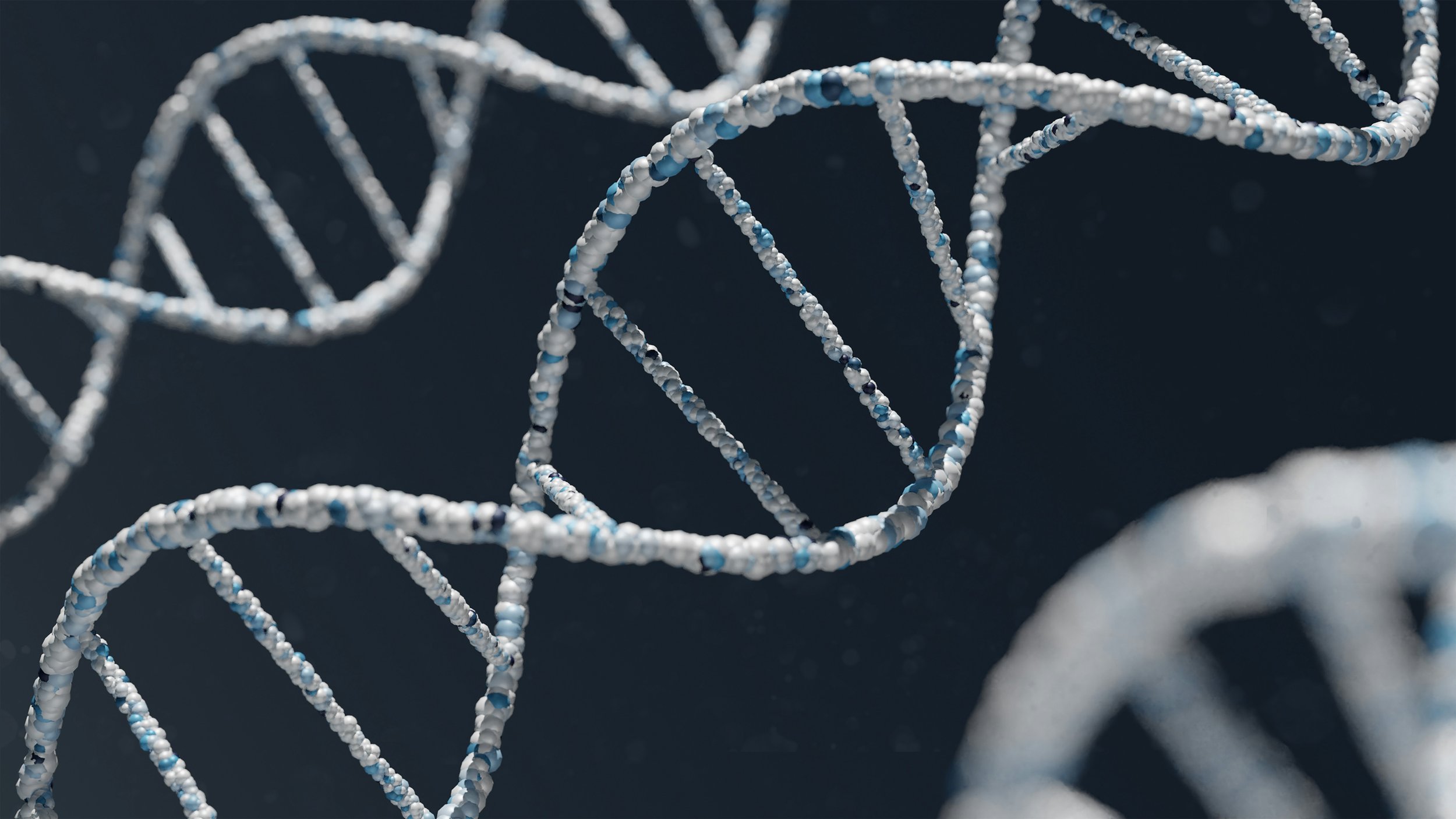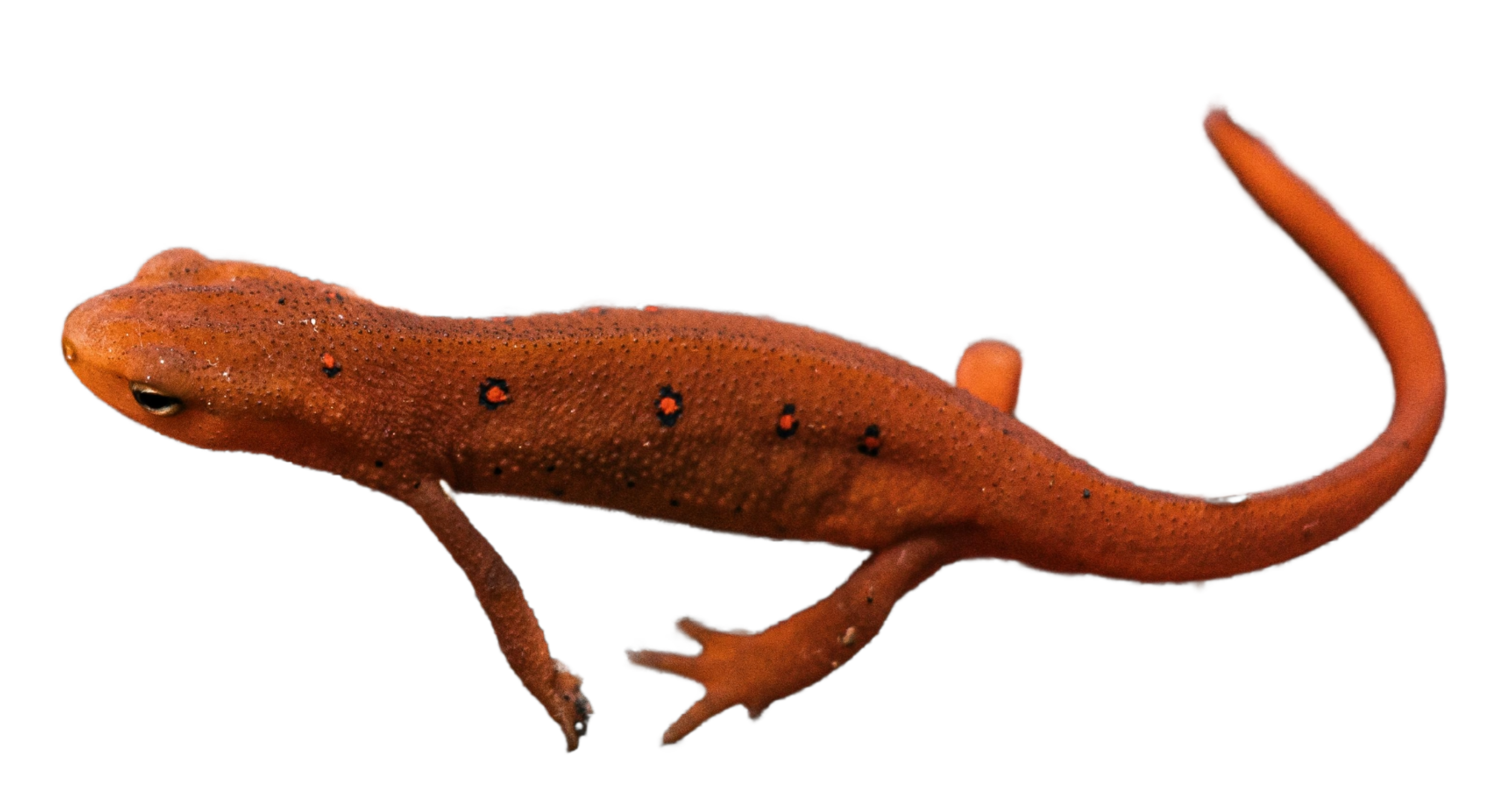
Ecology, evolution, and genomics of complex phenotypes in natural systems
We seek to ask and answer integrative questions that are fundamental to our understanding of biology. We primarily use aposematic amphibians (conspicuous and chemically defended) as model organisms. Historically, the field has predicted that predators should exert purifying selection on aposematic phenotypes because they must learn to avoid these phenotypes. However, there is abundant diversity of phenotypes within nature. Much of the work in the lab revolves around why this diversity exists.
We examine the ecological and evolutionary reasons for this diversification. We also utilize ecological genomics approaches to identify the genetic and biochemical mechanisms for different phenotype production, as well as the impact on populations and morphs at the genomic level.
Mimicry in ranitomeya
Much of the work in the lab revolves around how mimicry has evolved in poison frogs of the genus Ranitomeya. One species, R. imitator, has evolved to mimic several congeners where they are in sympatry. We are particularly keen on identifying and validating the genetic and biochemical mechanisms of diversification and convergence in this group, and whether or not species with convergent phenotypes use the same mechanisms of color production.
Evolution of color in caecilians
Aposematism has evolved repeatedly in frogs and salamanders but is unknown from the third order of amphibians: caecilians. While most caecilians possess drab coloration, the two species of São Tomé caecilians (Schistometopum thomense, S. ephele) are bright yellow and phenotypically variable across their limited range. Leveraging genomics, chemical ecology, and visual modeling approaches, we will explore the evolutionary significance for bright coloration in a major group of tetrapods for which no such studies exist.
Photo credits: A. Stanbridge
Ontogenetic color changes in newts
Eastern newts (Notophthalmus viridescens) exhibit ontogenetic color change between the juvenile, terrestrial eft stage and their primarily aquatic adult stage. We are interested in the ecological conditions that contribute to this color change as well as the mechanisms by which it occurs.
Frog Biofluorescence
Frog biofluorescence offers a novel and exciting system in which to study trait evolution. Our previous work found that blue light produced the most intense fluorescence and met all criteria for ecological significance. Frog fluorescence is absorbing blue light, the wavelengths most abundant at twilight and re-emitting that light at wavelengths that match frog vision in this environment. The green fluorescent signal maximizes frog visual sensitivity while also maximizing contrast with the background environment. So, fluorescence may allow frogs to increase their conspicuousness only in specific environments or only to specific individual suggesting biofluorescence is likely functioning in anuran communication. Currently, the lab is exploring the genomic and biochemical mechanistic underpinnings of frog biofluorescence to determine how this signal is produced and how it is received by conspecifics. This future work will build an integrative understanding of the factors driving the production and perception of frog fluorescence as a key “secret signal”.
Photo credits: C. Whitcher





